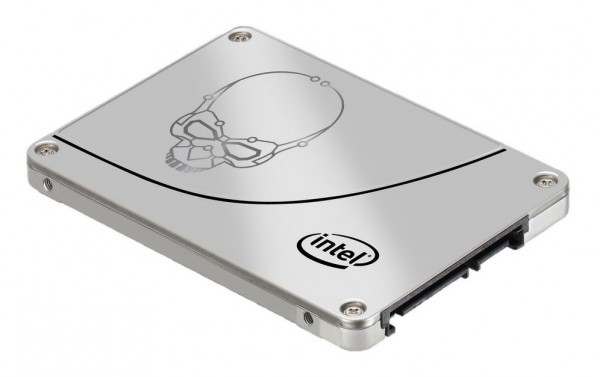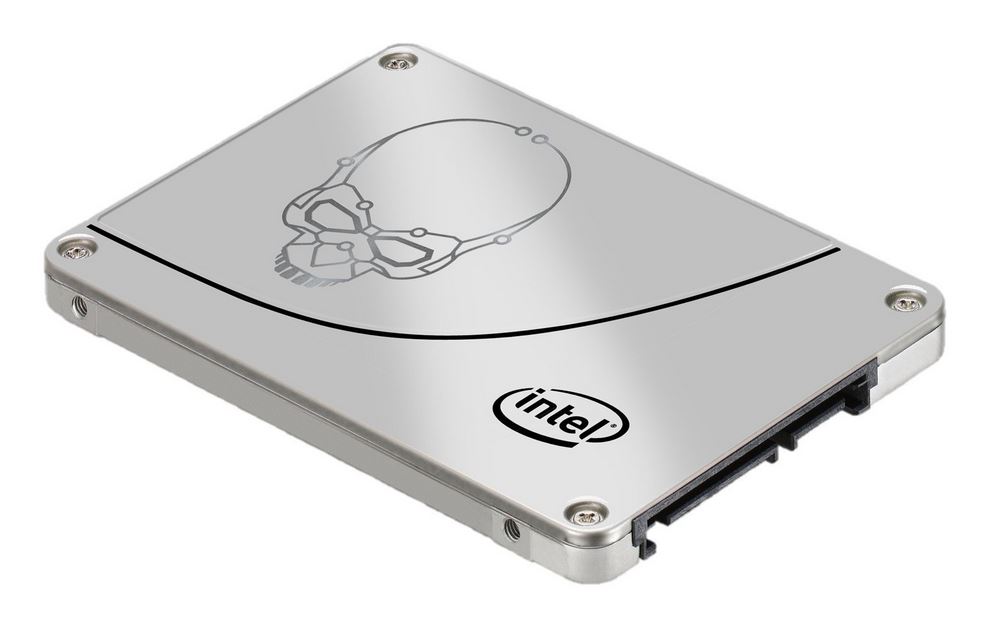Today we have a great deal on the Intel 730 480GB SSD. Newegg first priced the drive at $199.99 and Amazon soon matched. For the record, I did pick up two Intel 730’s from Amazon because they offered same-day shipping of $5.99 for both drives and Newegg was going to take much longer to arrive. For those in other locations, the preference may be different.
For those not familiar with the Intel 730 – it shares the same common platform as the Intel S3700 and S3500 datacenter drives. This includes power loss protection and a similar controller. The Intel 730 has lower quality NAND than on either the S3500 or S3700 SSDs which limits its write endurance significantly. The Intel 730 is marketed as a consumer drive so it does not have hardware encryption (which should really be standard.) On the positive side, it does have a higher clocked controller so it does exhibit excellent performance.
Oh – and the Intel 730 has a skull on the label.

Why care? Assuming one can live without hardware encryption, these drives are excellent for web servers that are primarily read based. They are still rated at 128TB written which is about 15% of the drive per day for five years. Overprovisioning the drives to 420GB or 400GB should provide a nice bump in consistency and endurance. The major bonus is that at under $0.50/ GB these are reasonably priced, consistent drives with power loss protection.
Thanks to our eagle-eyed forum readers for spotting these deals.





As I noted in the forum thread discussing this deal, Intel does not claim full power-loss protection as a feature for this drive in any of their marketing materials or support documents. An email exchange with an Intel support representative confirmed this feature is not present on this SSD product line.
Why this is the case is a bit confusing as virtually all online reviews I have seen have clearly stated power-loss protection is a feature on the 730 series. PCB photographs even show the presence of two large capacitors in support of this claim.
Perhaps Patrick should dig into this mystery a bit deeper and see what is really going on…